Periodontal Diseases and Genetic Disorders
Until recently, the relationship between genetic disorders and periodontal diseases was unclear. As our understanding of the underlying mechanisms and systemic pathophysiology of numerous genetic disorders broadens, new research has uncovered a possible association between these types of disorders and periodontal diseases. Of interest to clinicians who provide periodontal care, this paper reviews several genetic disorders that have periodontal manifestations, including Marfan syndrome, Papillon Lefèvre syndrome, Ehlers-Danlos syndrome type VIII, neurofibromatosis type I, and Alzheimer disease.

Marfan syndrome (MFS) is an autosomal dominant genetic disorder caused by mutations in the fibrillin-1 gene that affect the structural integrity and the function of connective tissue.
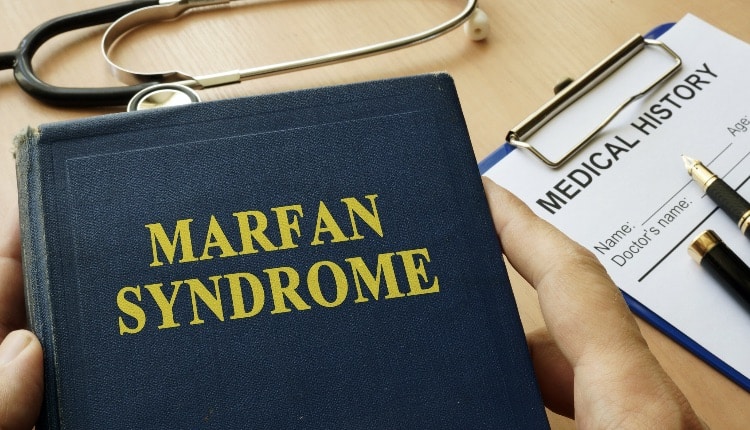 designer491 / iStock / Getty Images Plus
designer491 / iStock / Getty Images Plus
Other MFS-associated oral manifestations include which of the following?
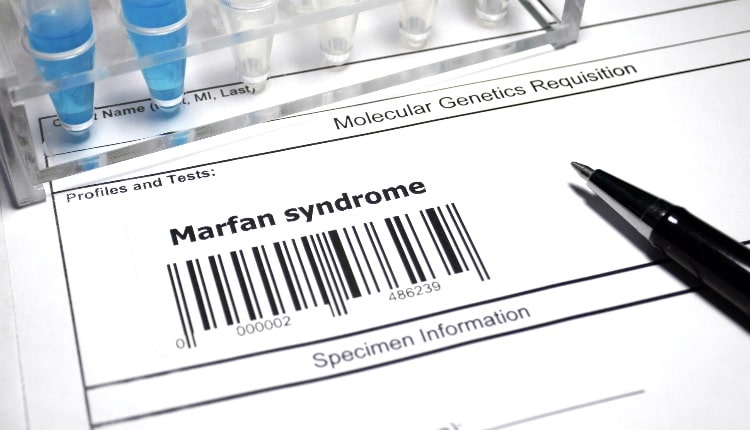 Hailshadow / iStock / Getty Images Plus
Hailshadow / iStock / Getty Images Plus
Clinically and genetically, Ehlers-Danlos syndrome is a heterogeneous connective tissue disorder characterized by variable degrees of skin hyperextensibility, fragility, scarring, minimal-to-moderate joint hypermobility (usually limited to the digits), and increased likelihood of bruising upon light trauma.
 GarikProst / iStock / Getty Images Plus
GarikProst / iStock / Getty Images Plus
Papillon-Lefèvre syndrome (PLS) is a rare autosomal recessive keratodermal disorder that can manifest as periodontitis.
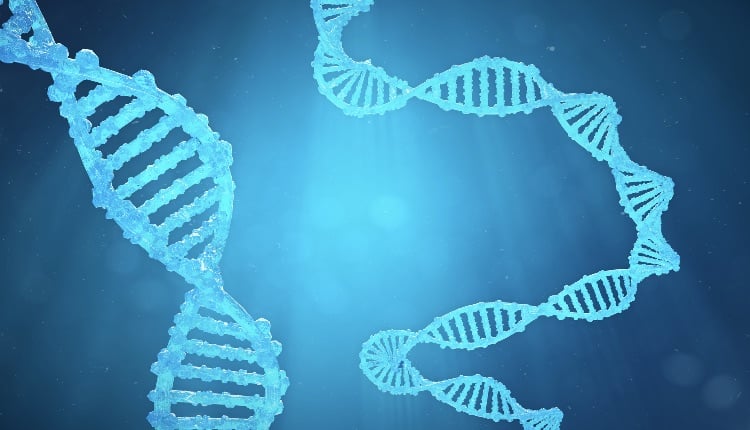 Rost-9D / iStock / Getty Images Plus
Rost-9D / iStock / Getty Images Plus
Neurofibromatosis is an autosomal dominant neurocutaneous syndrome “characterized by multiple cutaneous lesions and tumors of the central and peripheral nervous system.”
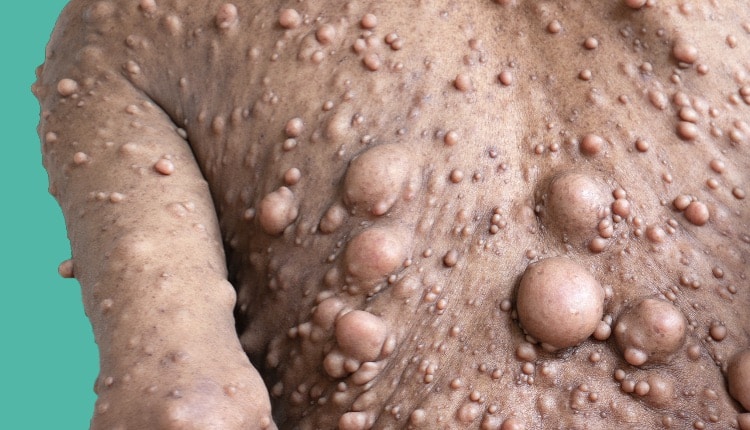 chiewr / iStock / Getty Images Plus
chiewr / iStock / Getty Images Plus
Individuals with neurofibromatosis type I exhibit oral manifestations in nearly what percentage of cases?
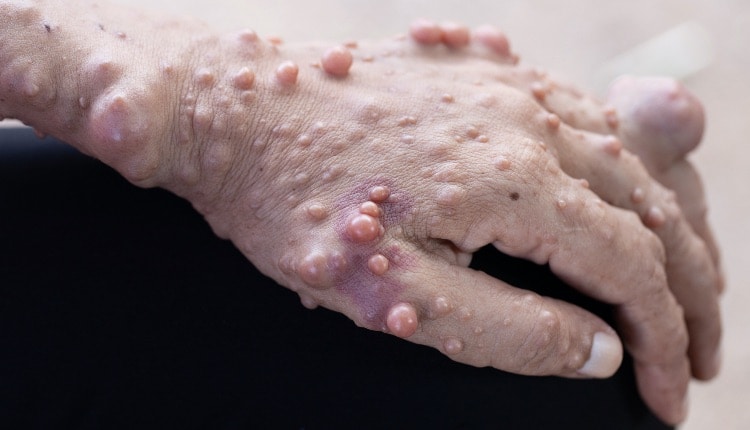 Sinhyu / iStock / Getty Images Plus
Sinhyu / iStock / Getty Images Plus
Alzheimer disease (AD) is a neurodegenerative disorder characterized by a progressive decline in memory, judgment, and cognitive skills that slowly drains an individual’s ability to perform everyday tasks.
 designer491 / iStock / Getty Images Plus
designer491 / iStock / Getty Images Plus
Periodontal inflammation is not associated with brain inflammation, neurodegeneration, and AD.
 koto_feja / E+
koto_feja / E+
Share your Results:

